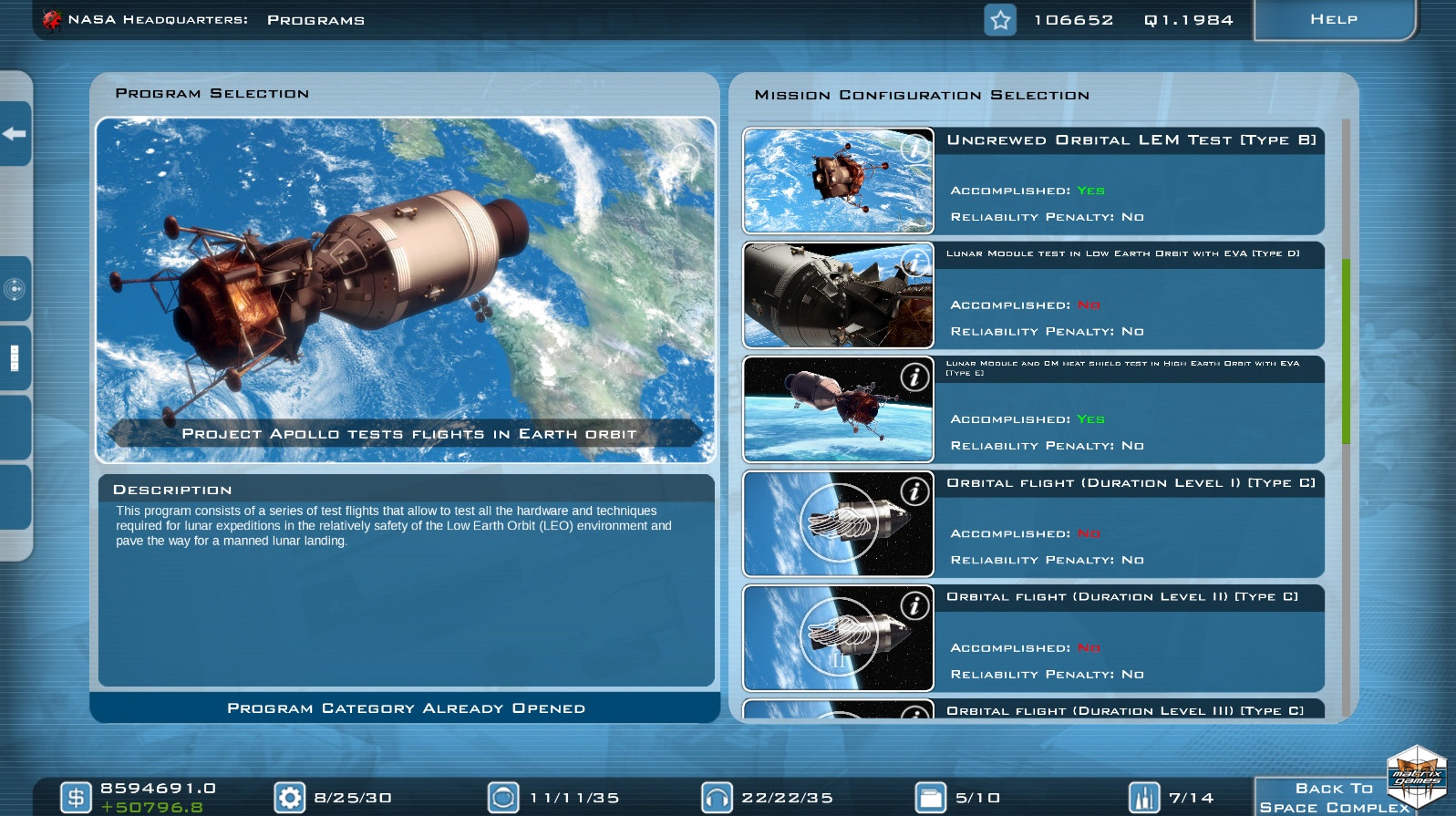

When the Wright Brothers at last mastered the art of controlled and powered flight in a fixed-wing aircraft on December 17, 1903, less than a decade later after the invention of the airplane, the First World War would erupt and aircraft and blimps would become crucial weapons in deciding the outcome of battles. Notably, during the American Civil War, balloons made for a kind of early air forces for both the Union and Confederacy. Once balloons had been proven an effective and stable means of flight, militaries began to use them as spotting platforms to see enemy movements from a distance and provide accurate targeting for artillery. And what greater high ground could afford victory, than the heavens themselves? As the Industrial Age began, so also arose the age of warfare, and men knew from countless battles that whoever held the high ground could defend any stronghold or defeat any army.
BUZZ ALDRIN RACE INTO SPACE TIPA FREE
Ironically, it would not be benevolent inspiration that would free mankind from his millennia-old ties to the ground beneath his feet, but the pressing demands of war and increasing militarization of the planet.

Later, Jean-François Pilâtre de Rozier would give mankind a critical first in flight when he took off aboard the Montgolfier hot air balloon in 1783. Like Icarus of Greek mythology, the 11th century English Benedictine monk Eilmer of Malmesbury attempted to foray into the skies by fashioning wings as a kind of primitive glider, but he only succeeded in flying a short distance before he crashed, breaking his legs. Observing birds, humans for millennia had tried to emulate organic wings with little to no success, not truly understanding the science of lift or the physics of flight. The first hurdle in reaching for the stars would be mastering staying aloft in Earth’s atmosphere, which by itself was no easy task. The word given to Abraham may have been more than just an impressive way of promising an elderly man way past the age of conception that he would bear many children it seems more like an invitation that mankind’s destiny belongs not merely on Earth, but among the stars of the limitless cosmos, as a spacefaring civilization.įor most of mankind’s history, space travel was relegated to wild myths, hopeless dreams, and fanciful science fiction. Indeed, even the Bible tells us that the patriarch of faith, Abraham, was told by God in Genesis 15:5, “Look now toward heaven, and count the stars if you are able to number them. Inspired by the skies, and driven by a natural desire for exploration, humans must have wondered what was out there, and if it would be somehow possible to ever explore the distant heavens above. When the first humans looked upwards to the night sky thousands of years ago, they must have marveled at the pale Moon looming in the heavens, set against the backdrop of countless stars.

The story of how men first set foot on the Moon one fateful day on July 20, 1969, will always be enshrined as one of America’s greatest contributions to history. Tips from Past “We The Future” Contest Winners!.


 0 kommentar(er)
0 kommentar(er)
